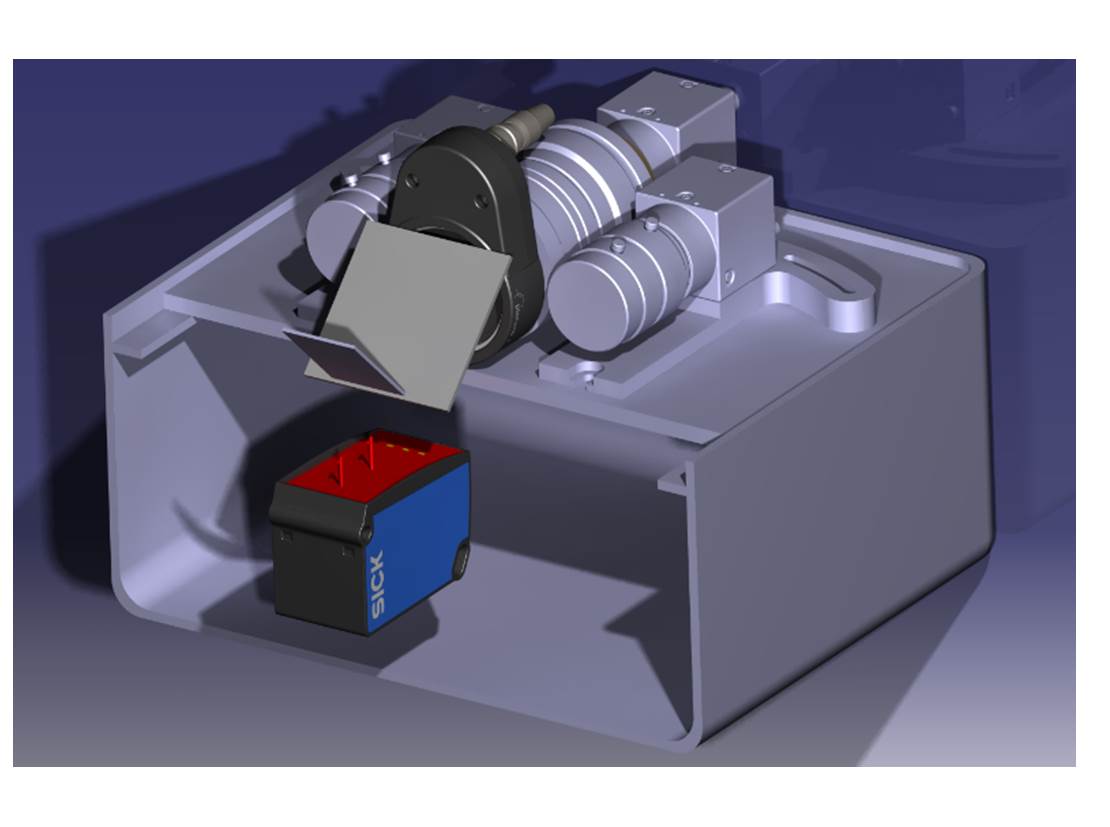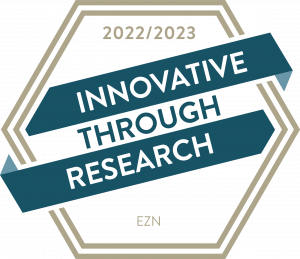Digital optical system for medical documentation of skin diseases
Abstract
The invention relates to an imaging optical system for dermatological diagnostics, which on the one hand visualizes diagnostically relevant information such as disease characteristics of the skin and on the other hand links these with corresponding overview images for localization and documentation.background
The standard device for the examination of skin diseases in everyday clinical practice is the so-called dermatoscope. This is a reflected-light microscope which is placed on the corresponding skin area, i.e. it works in contact mode. Modern devices often also have the possibility to store the enlarged images digitally. Due to the fact that these devices work in contact mode, the examination results are often falsified because the examined skin areas are deformed. This suppresses blood circulation, for example. Also the colour reproduction often does not correspond to the natural conditions and is difficult to reproduce. Dermatoscopes which work contactlessly are much more flexible and promise realistic and unadulterated results.
Motivation
Up to now contactless dermatoscopes only realize working distances of about 6 cm to the patient and use e.g. spacers which are in contact with the patients.Innovation / Solution
The core of the invention is a camera system for locating a detailed image of a skin area of a patient and a contactless dermatoscope. The system shall be able to produce stereoscopic overview images as well as close-up images with a high resolution. In addition, the distance to the specimen is to be measured simultaneously, which will enable the determination of absolute sizes of areas. Despite the necessary focus, an image scale is also to be generated in this way. By means of the stereoscopic images, the camera will be able to recognize via feature extraction at which point of the body the image was taken.Benefits
fields of application
Dermatological examinations; objective documentation of the course of treatment of skin diseases, skin cancer prevention.You can close this window. You can find your search results in the previous window





